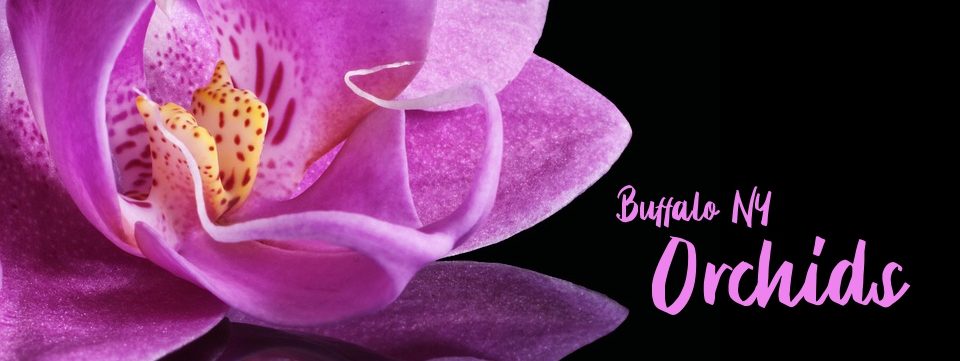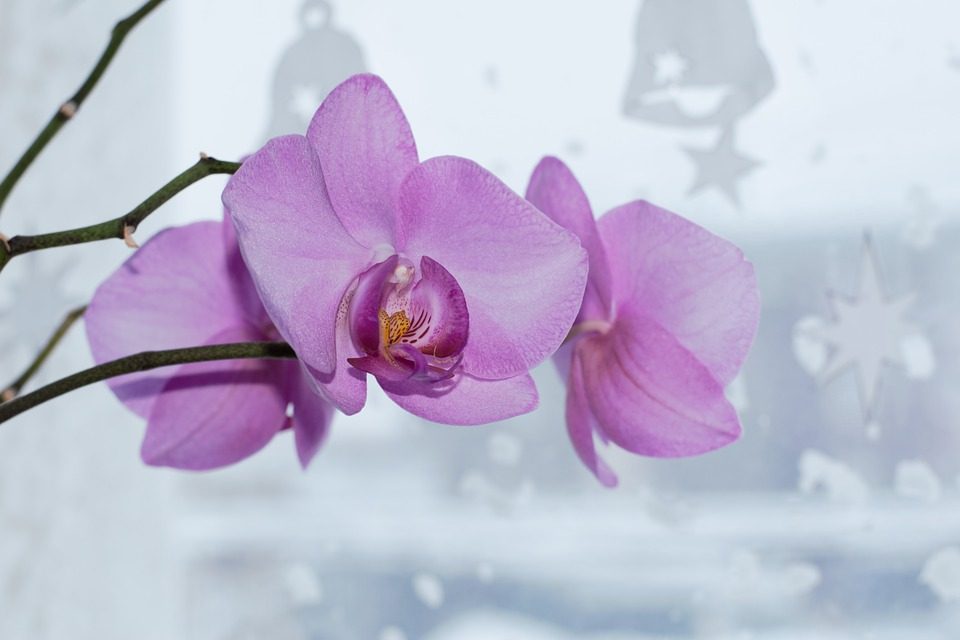Growing Orchids Indoors
One of the most popularly grown houseplant is the orchid. Learning how to care for indoor orchid plants is easy, especially where the correct indoor growing conditions prevail. To learn some useful indoor care tips for orchids, read on.
Looking After Orchid Flowers
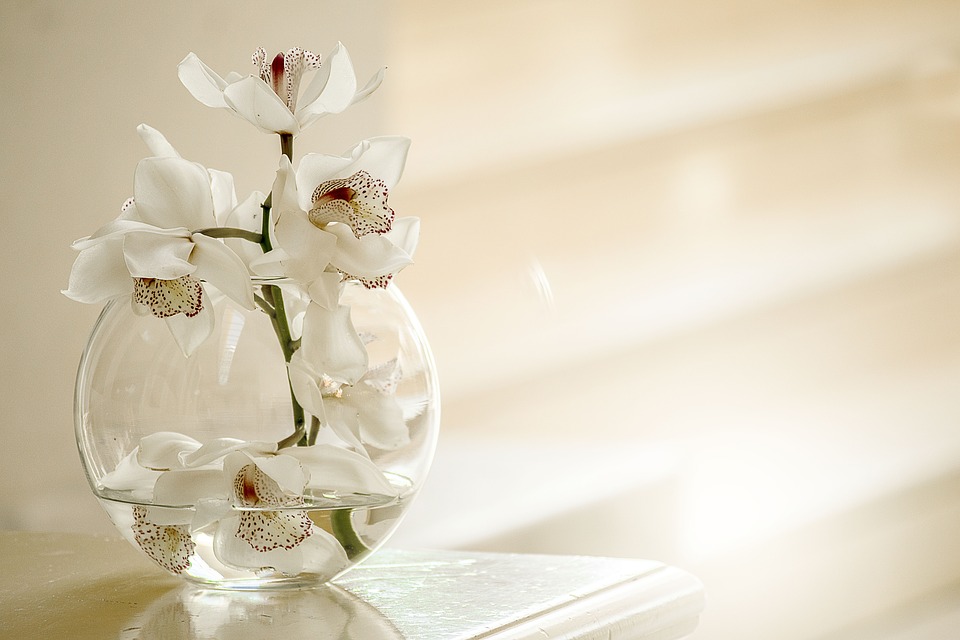
Once you learn how to grow orchids properly, looking after them will be much easier. Depending on the specific species, you can find a variety of different sizes and colors. Regardless of the home décor, orchids make for great accent plantings. Once you provide for all their basic requirements, including humidity, temperature and light, these plants need very little care.
Tips For Growing Orchids
Wet but well draining conditions are necessary for growing most orchids. With orchids, you can use a variety of growing media types including cork, sphagnum peat moss, redwood, fir bark, potting soil, charcoal, rocks and sand among others. You can use a basic mix of sphagnum peat moss, fir bark and coarse perlite, for growing these flowers. Optionally, you can add a bit of charcoal. The type of orchid to be grown determines the grade of the bark chosen. Fine bark is the best choice for growing young orchids, while medium bark best suits cattleyas orchids and coarse bark is best for phalaenopsis orchids.
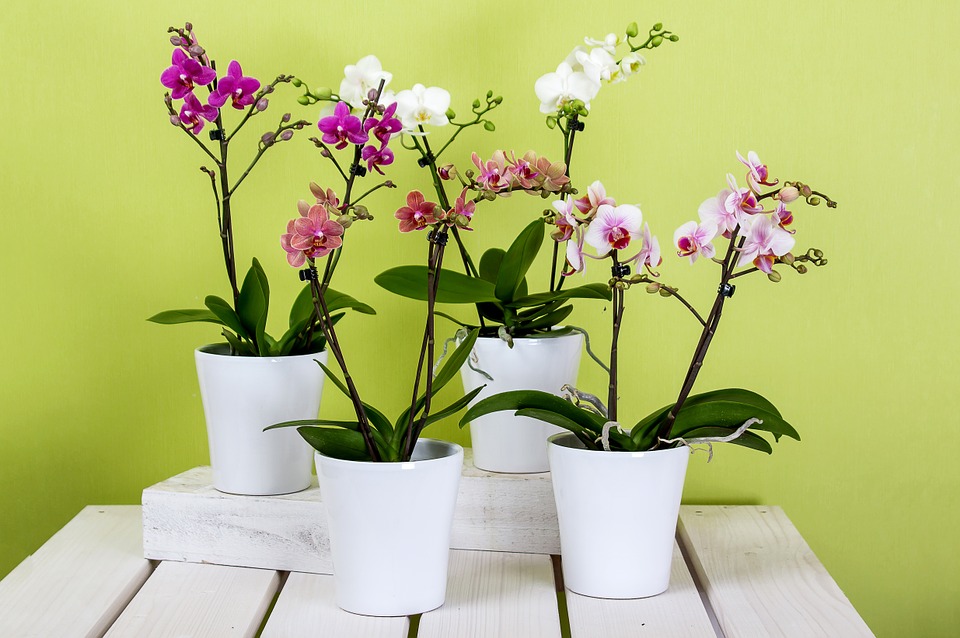
Shallow planting is used for orchids. The plants should be placed in a room facing east to south. Bright, but indirect light is great for growing the plants. Poor flowering occurs if the plants do not get a sufficient amount of light. On the other hand, leaf scorch develops with too much light.
For proper indoor orchid care, temperature also plays a huge role. So as to bloom properly, nighttime temperatures need to be 15 degrees lower than the daytime temperatures even though orchids are known to do well with both warmer and cooler temperatures during their regular growing season.
Watering
Even though they need plenty of water, allow orchids to dry out in between watering periods. You can poke a finger into the growing media to find out whether the plant needs watering. Do not water unless it’s dry.
About 50 to 70 percent humidity is required for growing orchid plants. To increase the level of humidity in your home, you can use a number of strategies. You can use a humidifier, mist the plants every day or simply place a tray of pebbles or saucer filled with water below the plants.
While fertilizer needs to be added to growing orchids once or twice a week, for mature plants, the frequency should be reduced to only once or twice a month. Once the plants go dormant, stop fertilizing.
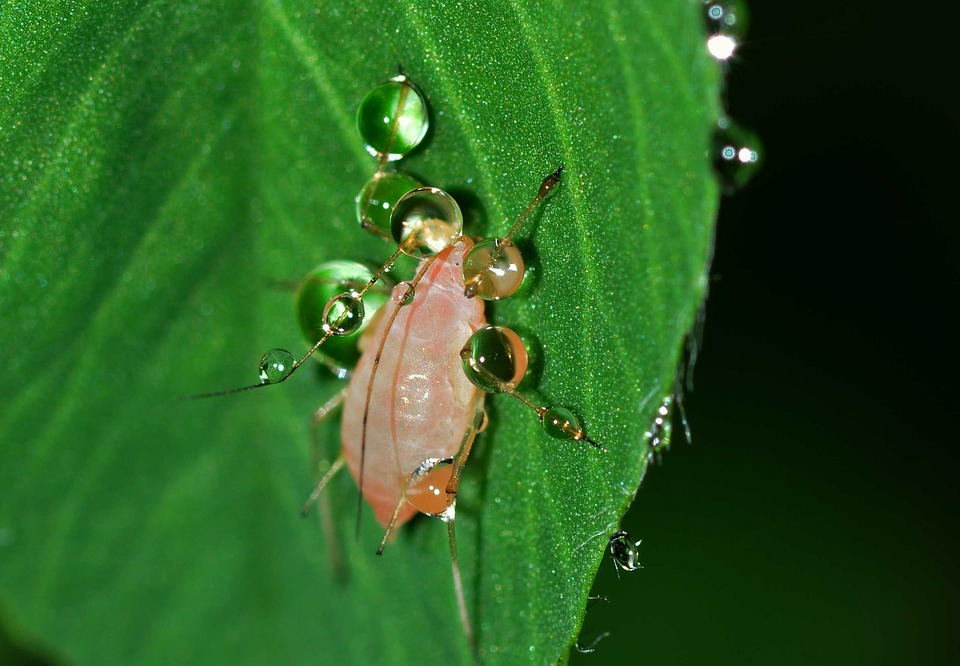
Furthermore, every other year, indoor orchid plants should be re-potted. You should re-pot your indoor orchid plants if they stop blooming all of a sudden even with proper humidity, temperature and light levels.
Remember to be on the lookout for diseases and pests. These plants are susceptible to aphid, scale and mealy bug attacks every now and then. You can wash off or use insecticidal soap to get rid of such infestations.
